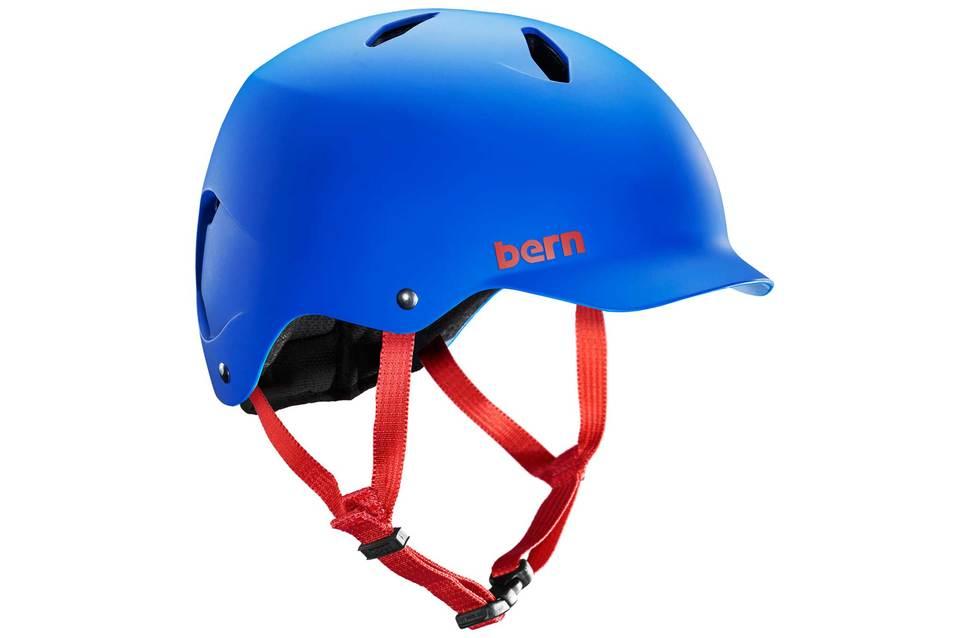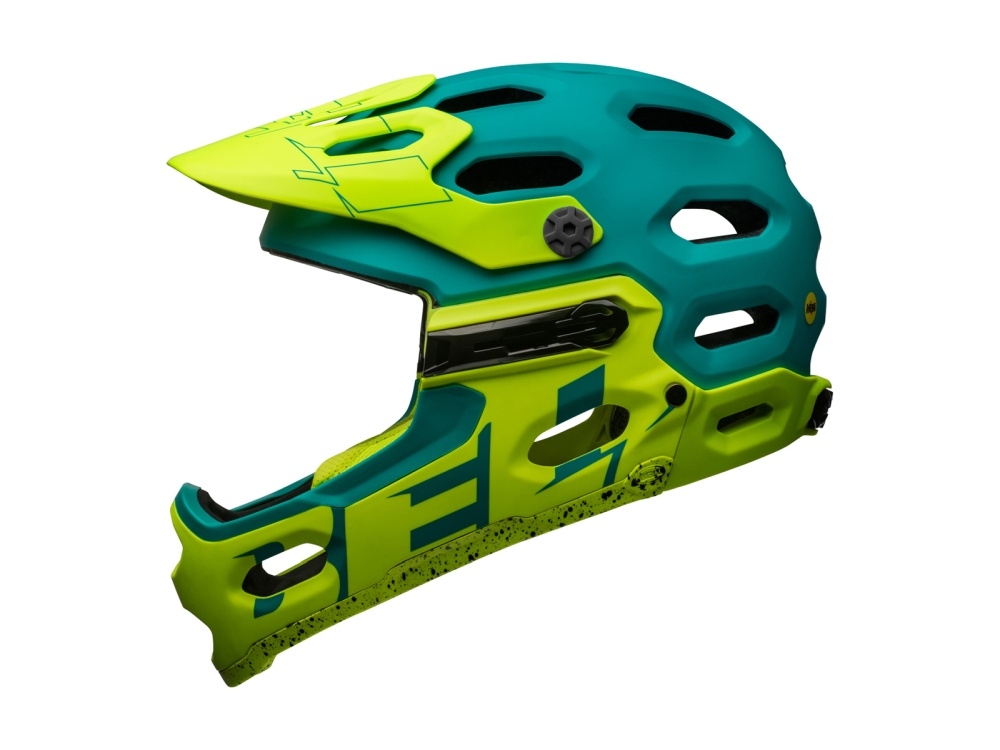- Details
- Written by: Neil Pedoe
Helmet law
Unlike in Australia, for example, it is not against the law to ride a bike without a helmet in the UK. That said, almost every cycling event and all races make wearing one an entry requirement. Plus, on the road, there have even been cases where less compensation has been paid to cycling road collision victims when they haven’t been wearing helmets, on the grounds of ‘contributory negligence’.
Safety and standards
Okay, the boring stuff first. After all, it’s easy to forget that there is only one good reason for wearing a cycling helmet – to protect your head. The good news is that every cycling helmet sold in the UK has to meet one of two European safety standards: EN 1078 for adult helmets or EN 1080 for children’s, which will be displayed on a sticker somewhere inside the helmet. Both standards cover requirements and test methods covering construction, field of vision, shock absorbing properties and retention system. The children’s standard is the same – plus it certifies for the retention system releasing above a certain pressure to avoid the risk of strangulation – one of the counter-intuitive reasons why you shouldn’t let kids climb trees or playgrounds with pre-2013 cycling helmets, as that’s when the standard was introduced!
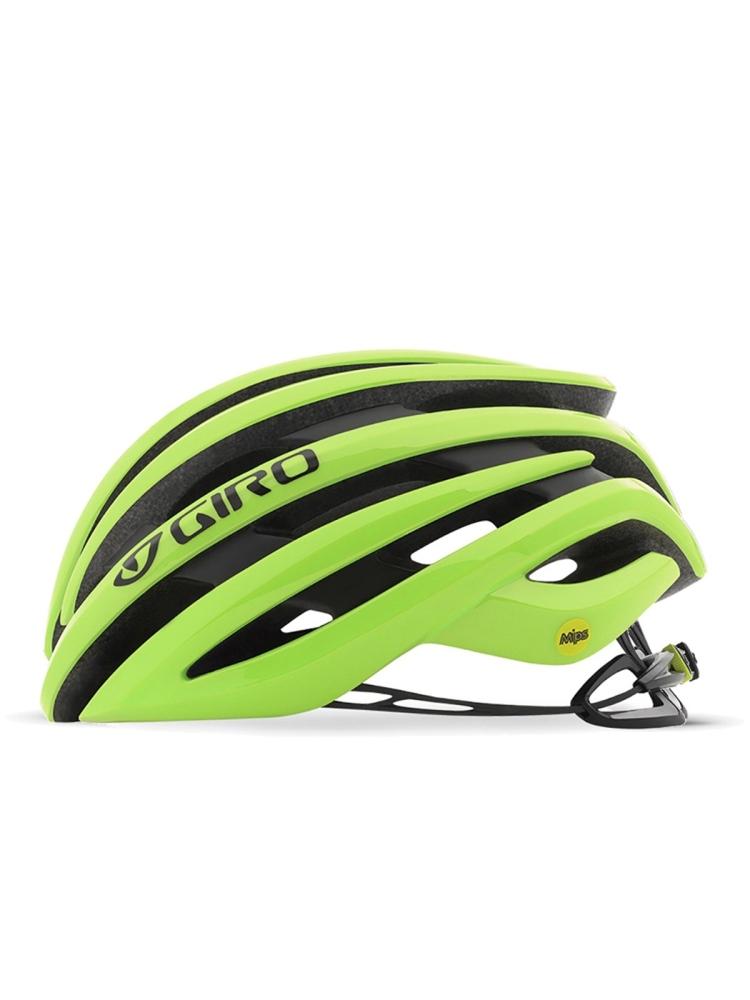 MIPS
MIPS
Another sticker to look for is the little yellow MIPS one. Multi-directional Impact System is a fairly new helmet technology which attempts to reduce the rotational violence to the brain caused by angled impacts the most common in cycling collisions. This is achieved by an extra inner plastic layer between your head and the helmet which stays in place on your head, allowing the rest of the helmet to “slip” with the impact, thereby absorbing some of the forces which can lead to increased brain trauma. You could say that this technology is simply trying to improve on nature, as this this the ‘technology’ used already by your scalp.
Fit
Good fit is as vital to safety as it is to comfort, so unfortunately there is no real substitute for actually trying a cycling helmet on to see if it conforms to your head shape. For example, some manufacturers use a more oval shape, while others have a more spherical one. In-store or online the starting point is the same though: you need to know the circumference of your head, as measured at your forehead. The fit needs to be snug all round with no pinch points. Moving padding can help but start by trying different brands.
Retention systems
Not just the system which keeps the helmet on your head – no matter how rigorous your cycling – the retention system of modern cycling helmets can be as clever and effective as your pockets are deep. Almost all work by tightening a plastic ring around the circumference of the helmet, usually with a wheel either at the back of the helmet or on the crown. This can be tightened every time you put the helmet back on. The height and size of this ring can usually be adjusted by a bit of one-off fiddly repositioning of poppers or sliders inside the helmet. If you ride with a cloth cap, then make sure it fits before you buy! With a good internal retention system the traditional chin strap plays a less important role in comfort and helmet positioning. But look for micro-fleece padding and ease of strap adjustment to accommodate your ears. And if you’ve got a ponytail… there are retention systems and helmet designs to accommodate that too.
Weight
The great bike designer Keith Bontrager’s cycling component truism: “Strong, light, cheap – pick two” applies perfectly to cycling helmets, as the less you want (lower weight and more ventilation), the more you have to pay for a lid that still conforms to safety standards. The lightest helmets on the market can go as low as 175g but a typical high-end light helmet might aim for around the 200g mark. The good news is that one that weighs just 50-100g more could cost half as much. As most modern helmets are essentially expanded polystyrene foam (EPS) with an in-moulded, hard plastic shell on the outside, less weight can actually mean less protection – unless other systems such as straps, mesh or cage layers are added in to increase the strength.
Ventilation
A badly ventilated cycling helmet on a hot day can be more akin to torture than fun. Unfortunately when it comes to getting airflow into the helmet, the easiest route is adding more vents – at which point Bontrager’s Rule applies again – more vents = less helmet = more money for the same protection. If you’re looking for a cool helmet for hot rides, look for the total number of vents versus weight. Internal ducting is also a good way of increasing airflow across your head, and onto your brow to reduce the chances of sweat running down into your eyes if you’re trying really hard!
Padding
Look for padding that can be adjusted to improve fit and above all, that can be removed and put in the washing machine with the rest of your kit. It should be held in place with Velcro spots to make this process easy and stress-free (so that you do it as regularly as you’re supposed to!). Bear in mind that internal padding is not for protection but for comfort only.
Types
It’s not just styling that will influence what ‘type’ of helmet you should buy – different models will have genuinely useful features for that your intended type of cycling: some safety, some function.
Three of the best helmets for…
Sportive roadies
For example, all-day road riding lycra lovers will want a light, comfortable, well-ventilated helmet, such as the new Giro Cinder MIPS (£112) which as the name suggests incorporates MIPS impact protection, has 26 wind-tunnel tested vents and internal channeling for ventilation.
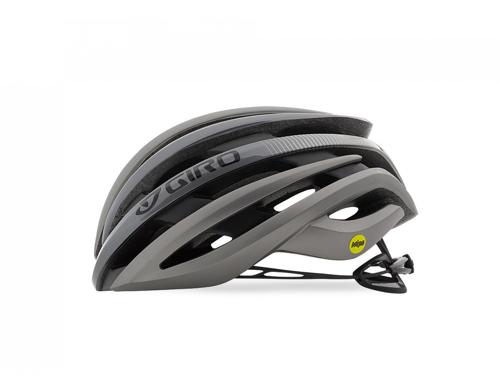
Trail riders
One of the big trail riding helmet trends this year is for extended helmets to cover more of the lower head. The Bell Super 3R MIPS (£112) has a removable chin bar, which can be fitted or taken off, depending on how hard you’re going. Other trail-riding specific features include a breakaway camera mount, a goggle-guiding visor and, of course, MIPS.
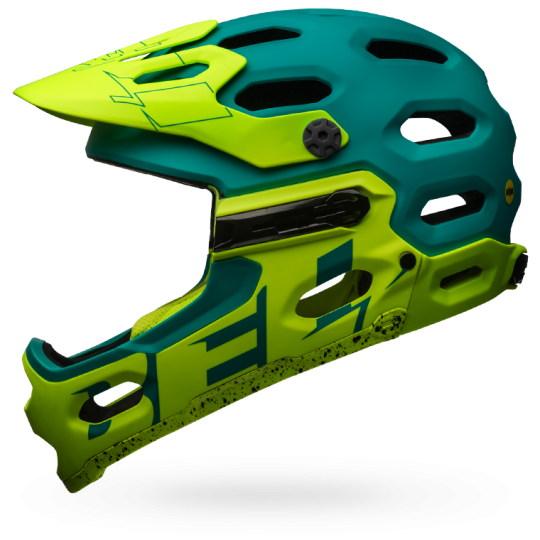
Young shredders
Tweeners who are too small for adult-size helmets and too cool for roadie styles will love the Bern Bandito Thin Shell EPS Kids Helmet. (£40) Made with a thin ABS shell for taking inevitable small knocks on both the mountain bike trails and the ski slopes (it’s certified for both), inside is a layer of EPS hard foam for the big impacts. There’s an additional extra winter lining for heading slopeside.
